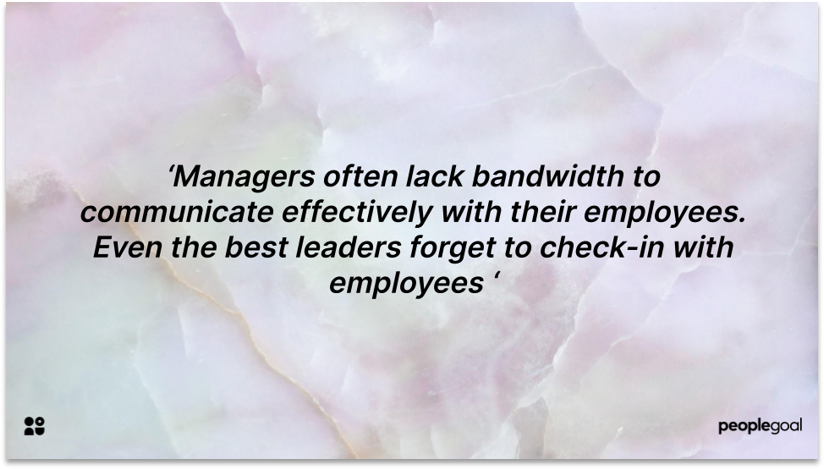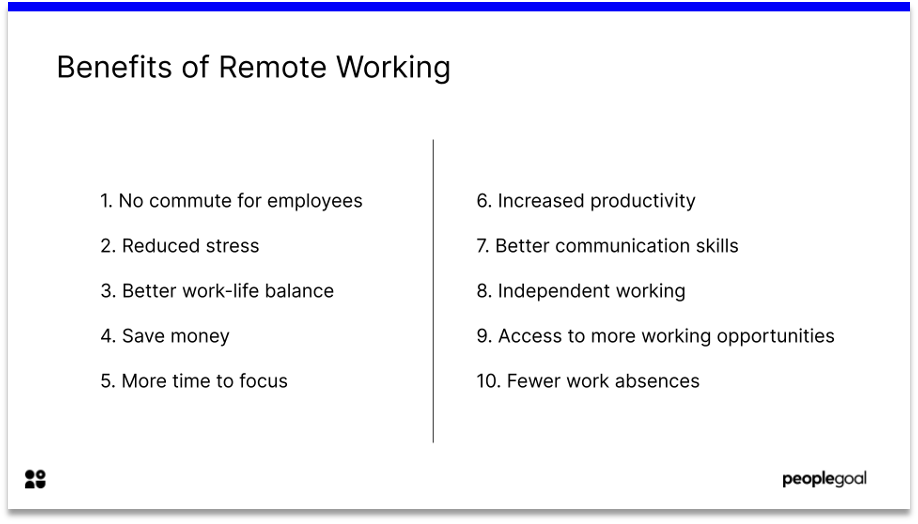Employee development is a key HR priority. And no wonder, when Gallup research found that organizations who invest in employee development report 11% higher profits and are twice as likely to retain employees.
What’s more, learning new things makes us happier. As positive psychology expert Vanessa King writes: ‘As human beings, we have a natural desire to learn and progress. Psychologists call it mastery.’ When we feel challenged or stretched, we feel a sense of satisfaction. We realize our potential in a new way – creating the conditions for employee engagement.
HR teams try to manufacture this feeling with a learning and development program. The best initiatives align with the company’s OKRs, and skill gaps. Over $164 billion dollars is spent on training and development programs every year, hoping for this result.
As human beings, we have a natural desire to learn and progress. Psychologists call it mastery – Vanessa King
However, too many companies report that such programs are not creating the desired outcomes. All too often, employee development initiatives become a check-box. Employees are overloaded with information, initiatives do not work around their schedules. Uptake is low – so any learning never trickles down into the company’s culture.
What are the problems underlying this? Employee development initiatives need to be relevant to the business’ goals. They should be tailored to the employee’s needs, learning style and interests. Learnings should be actionable.
In this blog post, we’ll offer 5 tips to improve your employee development program. Rather than viewing development as a one and done, make learning and development an ongoing part of your culture. This will make your company an inspiring place to work.

1. Support managers to be better motivators for employee development
Day to day communication has a huge impact on whether your employees develop or not. Remember – training isn’t just online courses or fancy micro-credentials. It’s also the learning that happens 9-5, Monday to Friday.
L&D initiatives always fail if they forget this. Managers are crucial to employee development. They are your employees’ coaches – and should be actively involved in their goals.
The problem is – managers get burnout! Managers often lack bandwidth to communicate effectively with their employees. Even the best leaders forget to check-in with employees – or are impatient at times about their concerns.
How can Human Resources support managers to better communicate with employees? Start by providing questions to ask in check-ins and one-on-one meetings. This takes a prep burden off managers – and immediately employees feel better valued.
Make sure managers ask questions about how their employees’ goals are progressing. Managers should be familiar about their team’s goals for career development. They should also check in on whether new skills learnt in L&D programs have been implementable in any projects.
HR can also create an L&D checklist for managers – which breaks down their role into smaller tasks.
L&D Checklist for Managers
-
Approve an employee development plan with employee and HR
-
Reference employee goals and company objectives in every daily check-in
-
Assign tasks relevant to development plans
-
Assign tasks that enable employees to implement learning from L&D initiatives
-
One-on-ones with employees on L&D programs
-
Set targets with any employee taking an employee development initiative

2. Don’t underestimate the value of mentoring
Mentoring is a simple way to encourage employee development. A more experienced employee offers guidance to lower level employees, helping to build their confidence. Mentors provide a role model for how to advance within the company. They provide insights into what career goals employees should be setting as they take the next step.
Mentoring programs require careful organization. Match mentees with mentors who have similar skills and interests. Empower your mentors to give the best support possible by providing resources. You could offer a SMART goals template for mentees and mentors to use and review during the process.
Ideas for mentoring sessions:
-
Make a vision board about career goals
-
Practice a presentation/ public speaking together
-
Set SMART targets for the sessions
-
Shadowing
-
Reverse mentoring – ask the mentee to swap a skill with a mentor
-
Attend a virtual networking event together
-
Work together on a project
3. Include soft skills in your program
Soft skills are anything but soft. Workers with soft skill training are 12% more productive than those without.
Great employee development initiatives provide opportunities for employees to build skills such as collaboration, communication, stress management and leadership.
The best soft skills training is activity-based. To help employees develop the skill of positive thinking, you could ask them to write down a time when they felt satisfied at work – for example, a positive interaction with a customer. Why did that feel good? How might they create that experience again?
Active listening is a key skill for improving communication. Your employees can try the 3- minute vacation. One employee describes their dream vacation in 3 minutes – and the other has to listen carefully and then retell the story to the rest of the group. This is a fun way to encourage better listening skills.
Examples of Soft Skills
-
Teamwork
-
Leadership
-
Listening
-
Persuasion
-
Public speaking
-
Communication
-
Adaptability
-
Empathy

4. Make your employee development initiatives personal
We tend to engage better with projects we take ownership over. Too often, employee development programs are a one-size-fits-all – when in reality, the opposite is needed. Tailored, personal development initiatives improve engagement. Employees are more likely to complete an initiative that feels relevant to them.
The first step towards making your development program more personal is to have the employees’ input. Draft up personal development goals with employees – and ask them what kinds of development opportunities would match their goals.
Also remember to check-in with employees to see how useful the initiative has been for them. Did a module of an online course help them day to day at work? You could use an employee survey to check the temperature.
Not everyone learns in the same way – and initiatives should reflect this. Think about the different learning styles of your team. How can you better provide for them with this in mind. Using a range of media is key.
Development Ideas for Different Learning Styles
Kinaesthetic (hands on) learners
- Group activities where learners can apply their skills practically
Auditory learners
- Consider starting a podcast series on a particular skill – e.g. communication
Visual learners
- Create/find instructional videos on YouTube
Read and write learners
- Ask these learners to summarize their learnings, or write a personal reflection on the experience

5. Make learning and development ongoing
Employee development should be an ongoing part of your company’s culture. Think of every task set as an opportunity for employees to improve their skills.
To make L&D an everyday part of your culture- it needs to work around employees’ busy schedules. Offer short courses that are accessible on smartphones – so that they can easily get involved with your initiatives.
But employee development does not only happen through online courses and lunch and learns. Make everyday a development day by setting stretch goals. This improves employee engagement – as we feel challenged to achieve our potential. Stretch goals mean employees are always learning on the job: a sure-fire way to develop their skill sets.

Employee development – set your team on a path to success
Employee development initiatives encourage your team to aim high. Make sure learning and development programs are guided by your employees – what skills would help them to shine in their role?
If you’d like to learn more about Learning and Development, why not read our article Development Plans: 5 Steps to Employee Growth.
PeopleGoal helps companies create development strategies that work. Why not book a demo today to find out more?
Ready to 3x Your Teams' Performance?
Use the best performance management software to align goals, track progress, and boost employee engagement.





